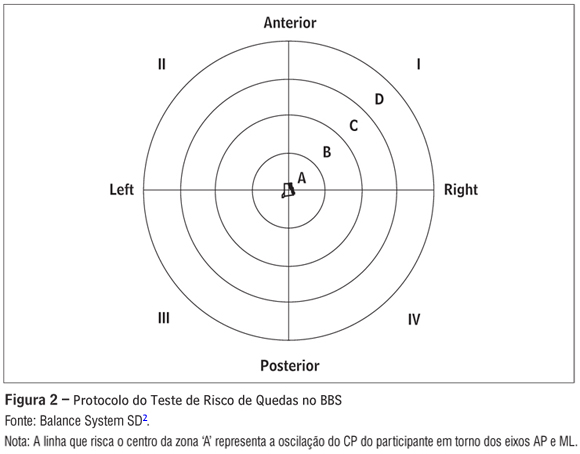INTRODUCTION: Clinical and laboratory methods are increasingly being developed to assess different aspects of body balance and establish parameters for identification of elderly at risk of falls. Objectives: To analyze the correlation between the three tests used to assess the risk of falls in the elderly. MATERIALS AND METHODS: This was a crosssectional study, conducted with 49 community-dwelling elderly, healthy controls, with different levels of fitness. We used two clinical tests, the Timed Up and Go (TUG) and QuickScreen clinical assessment fall risk (QuickScreen), and one laboratory, the Biodex Balance System -Mode Fall Risk (BBS-FR). The correlation of the data was performed by using the Spearmam's rank correlation coefficient, with a significance level of 5% (p < 0.5). RESULTS: There were moderate positive correlations between QuickScreen and BBS-FR (r = 0.35; p = 0.01) and between QuickScreen and TUG (r = 0.32; p = 0.02). There was no significant correlation between BBS-FR and TUG (r = -0.10; p = 0.47). CONCLUSION: The analyzed tests are complementary, given that not correlated strongly and showed up with specific and distinct limitations. However, we suggest the use of the instrument QuickScreen in the clinical setting, as this was what was best correlated with the laboratory device, the BBS-FR, and identified that more active seniors at risk of falling. Thus, QuickScreen assessed the risk of falls more broadly, as encompassing issues not addressed by the other two tests studied.
Geriatric assessment; Postural balance; Elderly; Accidental falls; Physiotherapy





